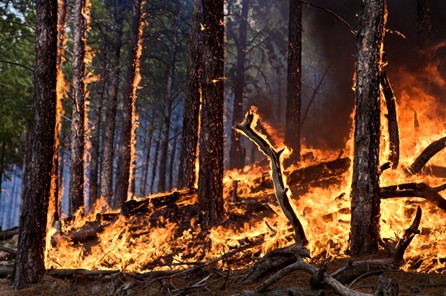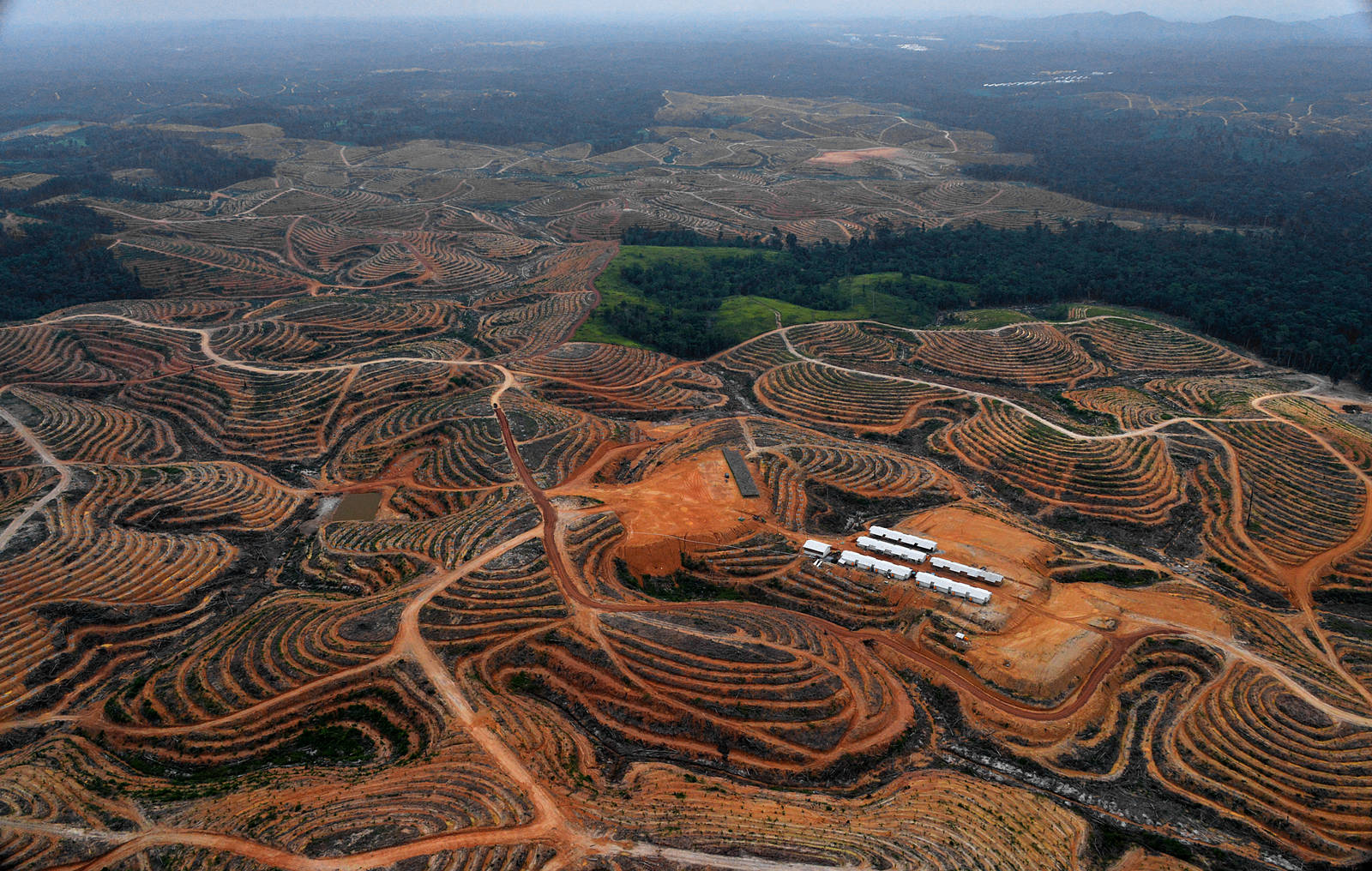Anaëlle Durfort, a dedicated researcher pursuing her PhD in ecology at the esteemed University of Montpellier, France, has embarked on a remarkable journey to uncover the hidden connections between biodiversity and climate change. Her study delves into the intricate world of carbon sequestration in marine animals, offering insights that illuminate the profound interplay between these two critical aspects of our planet’s health.
When questioned about the motivation behind her investigation, Durfort eloquently explains that studying carbon sequestration in animals is pivotal to understanding the complex dynamics that link biodiversity and climate. Climate change, a pervasive global issue, exerts a transformative influence on living organisms, creating a feedback loop where the behavior of these organisms in turn influences greenhouse-gas emissions.
Drawing from her academic journey, Durfort highlights a striking example from her master’s degree studies at the same institution. Her focus was on quantifying the carbon sequestered by the carcasses of five whale species in the Southern Hemisphere since 1890. These majestic creatures, due to their immense size, hold significant amounts of carbon in their tissues. Upon death, they sink to the ocean floor, locking away carbon for over a century. However, the effectiveness of this carbon ‘pump’ varies based on the size of cetacean populations.
Durfort’s master’s research, conducted in collaboration with a dedicated team, revealed that the carbon sequestration capability of whales had diminished significantly due to the impact of centuries of commercial whaling. The exploitation of these creatures on an industrial scale had a profound effect, reducing their capacity to act as vital carbon sinks. Nevertheless, with the temporary ban on whaling through international agreement in 1986, there has been a slow recovery in whale populations.
Intriguingly, Durfort’s work delved into the projected restoration of whale populations, considering factors such as climate change and collisions between whales and ships. She conducted an analysis under different climate change scenarios, revealing potential implications for the biomass of whale carcasses on the sea floor by 2100. Her findings underscored the delicate balance, indicating that under the worst-case climate change scenario, the sequestration of carbon by whales would reach 170,000 tonnes per year, whereas in the absence of climate change, this value could nearly double.
While acknowledging the magnitude of global carbon emissions, Durfort emphasizes the significance of her research in highlighting how human activities impact the carbon sequestration potential of marine animals. She underscores that, while whales may not single-handedly save the climate, their role in maintaining carbon balance underscores the intricate relationship between human actions and ecological functions.
Durfort’s focus has now shifted to krill, essential crustaceans within the Antarctic food web. Through her research, she examines the biomass of Antarctic krill and its role in the broader context of carbon sequestration and marine ecosystems. Durfort’s work resonates deeply with the intricate connections between biodiversity, human activities, and climate, prompting essential questions about the balance between exploiting resources and safeguarding our planet’s health.
Delving into the realm of policy and conservation, Durfort discusses the concept of placing a carbon price on whales. While this idea seeks to incentivize carbon offsetting and conservation efforts, Durfort raises thoughtful concerns about the commodification of nature. She believes that such market-driven solutions are insufficient in addressing the transformative changes required to preserve our planet’s ecological integrity.
Durfort’s engagement transcends the academic realm; she was part of the Global Youth Biodiversity Network (GYBN), representing young voices from around the world at the United Nations biodiversity conference (COP15). This experience provided valuable insights into international conservation policies and the intricate negotiations that shape them. Durfort’s work at the conference contributed to the inclusion of Indigenous peoples and local communities in decision-making processes related to biodiversity conservation.
While her work keeps her away from direct fieldwork, Durfort’s dedication to understanding the intricate dance of carbon sequestration and its ecological implications speaks volumes. Her journey stands as a testament to the profound connections that unite biodiversity and climate change, inspiring transformative perspectives and actions that are essential for our planet’s well-being.




